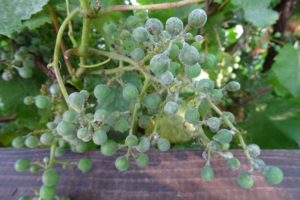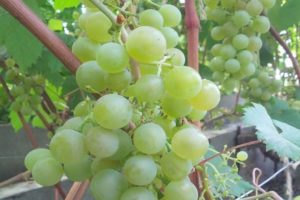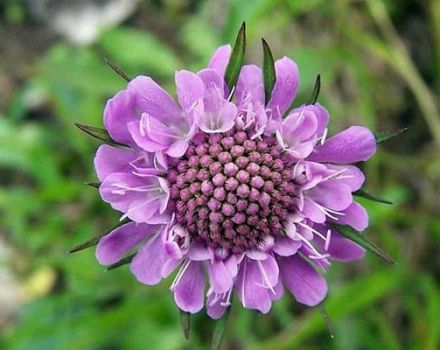Description of black and white Amur grape varieties, planting and care, reproduction
Amur grapes have many positive qualities in their characteristics. The variety is frost-resistant, so cultivation is possible not only in the southern, but also in the northern regions. The main thing is to follow the recommendations for planting and caring for the crop, and it is also important to create the recommended conditions for development. Berries contain many medicinal components in their composition, therefore they bring benefits to human health.
Description of the variety
The wild Amur liana is considered the progenitor of Amur grapes. As a result of selection, a variety has turned out that tolerates severe frosts, while retaining its taste and sweetness. In the description of the variety, it is indicated that the crop is characterized by average yield maturation. Berries are eaten fresh, and they are also used to make alcoholic and non-alcoholic drinks.
Amur white grapes are distinguished by berries, which have a round shape, yellow color and a weight of about 4 g. In one bunch there can be many berries, so the weight reaches 800 g. It begins to ripen at the end of August.
There are several varieties of the variety: Voldemar, Triumph, Zolotoy Potapenko, Proryv and New Early Russian.
Ripening dates are different for them, from the last days of August to the end of September. The bunches of each variety are formed in different shapes and weigh from 300 to 700 g. The color of the berries is also different. For example, the Black Amur grape is characterized by dark purple round berries.
Properties
The grapes contain a whole vitamin and mineral complex, which includes calcium, zinc, iron, magnesium, and organic acids. Various medicinal tinctures are made on the basis of grape fruits and leaves.

Medicinal properties possessed by Amur grapes:
- normalizes blood sugar levels;
- normalizes blood pressure indicators;
- helps to improve the functioning of the cardiovascular system;
- removes toxins and restores liver function;
- the composition includes a phytohormone, which keeps the work of all internal organs in good shape and increases the body's defenses;
- copes with inflammatory foci in the body.
It will be possible to achieve the desired therapeutic effect on the body only if the product is regularly consumed for 2.5 months.
Calorie content
The fruit pulp contains monosaccharides in the form of fructose and sucrose, so grapes satisfy hunger and replenish the expended energy. 100 g of white grapes contains 45 kcal, red varieties have more calories - 65 kcal. The amount of carbohydrates is 17 g. Grapes do not promote weight gain, but whet the appetite.

Benefit and harm
All the useful components that make up grapes determine its benefits for the human body. Organic acids cleanse the body and remove toxins. The benefits of grapes will be felt in diseases of the blood, upper respiratory tract organs, as well as in nervous and physical overload.
The contained monosaccharides activate the work of the digestive organs, promote the secretion of saliva, all this contributes to an increase in appetite. For those who have a goal of losing weight, this product is not suitable. Amur grapes are contraindicated in diseases of the digestive tract. You can not eat it for gastritis, ulcerative formations, colitis.
Acidity
The berries taste sour, but there is also a sweet and sour aftertaste. Sugar contains about 12%. The berries contain organic acids in the amount of 8-9%. These are mainly citric, oxalic and malic acids.
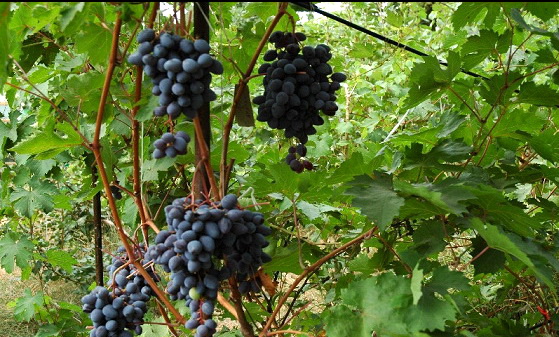
Characteristics of berries and bush
The liana of Amur grape variety looks powerful, its diameter reaches 22 cm. It is capable of braiding any support that is nearby, rising up to 30 meters. Shoots develop quickly, they can grow up to 2.5 meters in a year. The leaves are large, 27 cm in diameter, with coarsely carved edges. The shape of the leaves is three-lobed, oblong-oval, round.
Round berries (up to 1.5 cm in diameter) are covered with a thin but firm skin of dark cherry or yellow color. The pulp is juicy, with a sweet and sour aftertaste. The bunches are large, conical in shape, weighing 700 g.
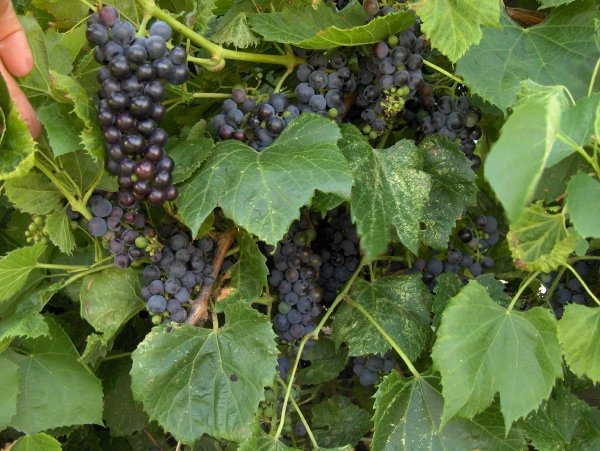
Advantages and disadvantages of the variety
The advantages of the variety include the following characteristics:
- the ability to quickly recover from damage;
- vines are strong and can withstand heavy loads;
- resistance to frosts down to -39 degrees allows you to harvest crops even in cold regions;
- the pulp of the berries is juicy, with a sweet aftertaste, contains many useful substances;
- the variety is resistant to grape diseases;
- maintenance is minimal, does not require much time and effort.
The plant is tall, so the yield is average. It is imperative to carry out annual pruning, otherwise the culture will cease to bear fruit.

Landing
Amur grapes are planted in October or April. In order for the culture to adapt and develop well faster, the soil must be slightly acidic, light and fertile. You need to choose a bright place on the site, protected from through winds. It is also possible to grow grapes from seeds and layering.
Groundwater should not flow closer than 2.5 meters. If the groundwater flows too close to the surface of the earth, the roots will start to rot and the berries will crack.
It's important to know, how to plant grapes... Cuttings are planted at a distance of 1 meter from each other. Pits are dug up to a depth of 65 cm. The drainage must be covered, then a fertile layer is made of mineral and organic components (compost, humus, superphosphate, potassium sulfate are suitable).

Care
Crop care is minimal. It is important to observe the established watering regime, apply fertilizers on time and remember to cut the shoots. Grapes show resistance to diseases and pests, but experienced gardeners still carry out preventive treatment.
Watering
Abundant and frequent watering is necessary only for young grape bushes. The first watering is carried out even before the seedlings are planted. The dug hole is watered abundantly with warm water. After a week, watering is repeated. Watering is also necessary before and after flowering.
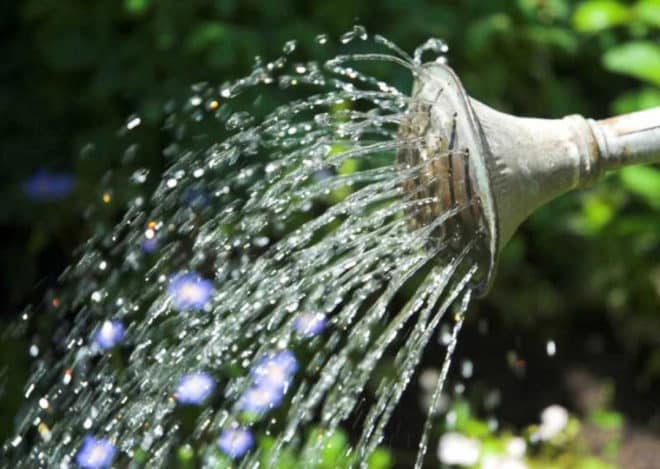
A trench is dug around the trunk, into which water is poured. Do not water the grapes at the very root.To keep moisture in the soil for a long time and not evaporate, mulching is carried out with moss, sawdust, straw, peat.
Top dressing
In the first years, it is recommended to apply nitrogen fertilizers to the soil every spring, in the summer, complex compositions, and in the fall, potassium-phosphorus components are suitable.
Pruning
Since the Amur grapes are vigorous, they must carry out an annual formation. It is enough to leave one or two of the strongest shoots, cutting off to the fifth eye. In the future, perennial branches will depart from the central shoot. Shoots that form on perennial branches should be trimmed regularly.
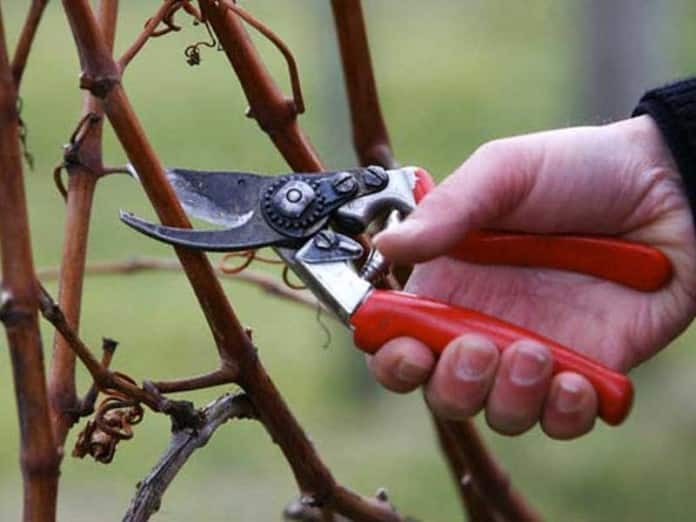
Preventive treatment
Amur grapes rarely get sick, especially good immunity against mildew and oidium. The resistance to unfavorable factors increases if the vines are trimmed on time and correctly. For the treatment of grape bushes with a prophylactic purpose, they use such drugs as "Quadris", Bordeaux liquid, "Acrobat MC".
Reproduction methods
Reproduction of the Amur grapes is carried out by seeds, cuttings or seedlings. The seeds are bought from trusted sellers. It is better to plant them in the fall. The depth of the fossa is 16 mm. Shoots should appear in a month. Grapes grown from seeds have basic characteristics that attract some gardeners. Cuttings and seedlings are planted in the spring or fall. The distance between plants should not be less than 2 meters. The vine begins to bear fruit only in the 7-8th year after planting.
